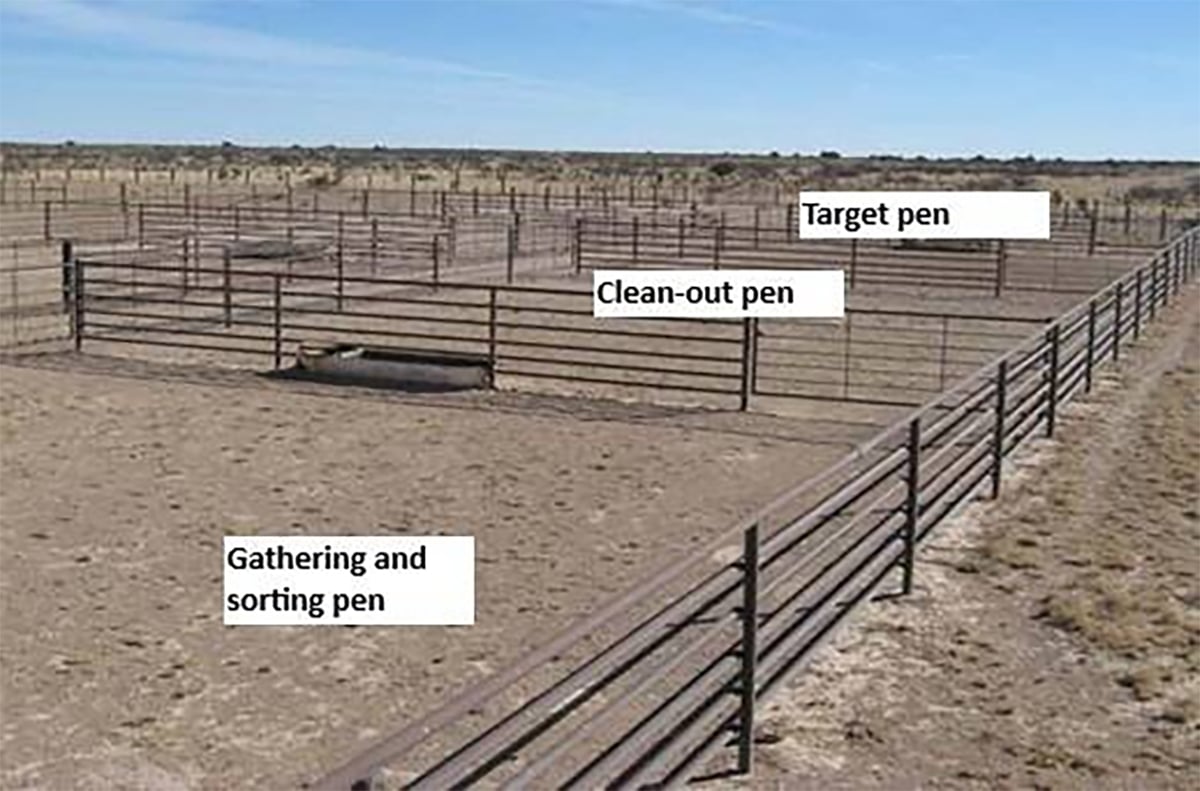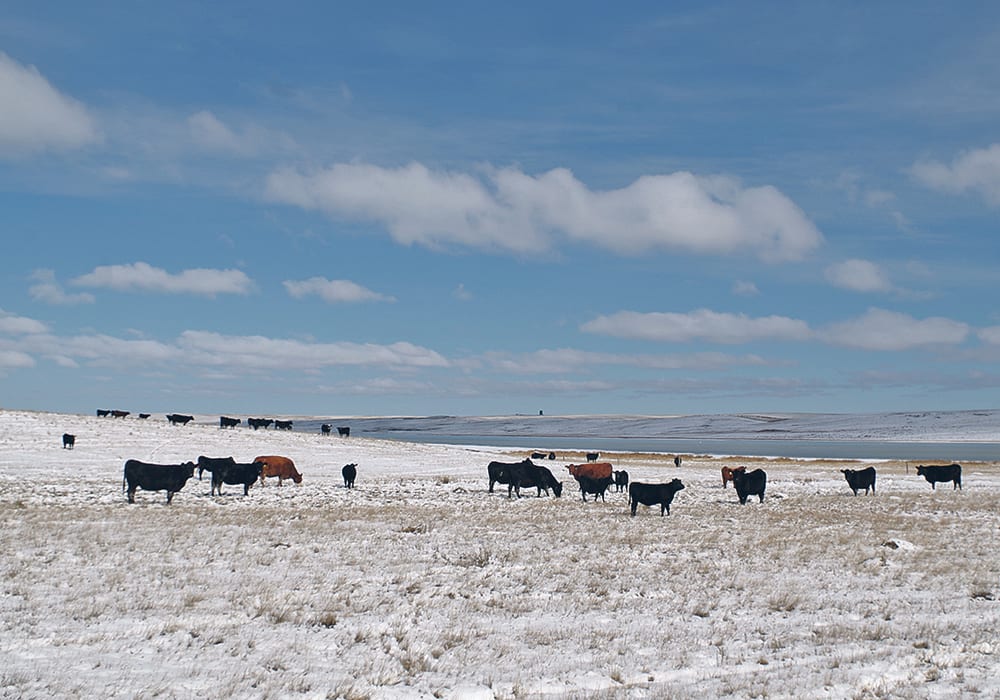Dryness is particularly bad in Europe and Australia, but U.S. production has increased three percent from last year
Global beef exports are strong, but drought throughout many cattle producing countries is taking a toll.
The U.S. influence on the global beef trade is strong because of favourable prices and a growing supply, said the beef quarterly report from Rabobank Research.
U.S. beef production is up three percent over last year and that has encouraged more exports, which are up 14 percent. Exports to South Korea are up 41 percent and Hong Kong has accepted an extra 11 percent.
The U.S. Department of Agriculture estimates that the total value of beef and veal exports by the end of 2018 will exceed US$3.1 billion.
Read Also

Teamwork and well-designed handling systems part of safely working cattle
When moving cattle, the safety of handlers, their team and their animals all boils down to three things: the cattle, the handling system and the behaviour of the team.
At the same time, 15 states are struggling with extreme to excessive drought conditions. Half the U.S. cow herd resides in these states, so liquidation could start in some areas. Heifer retention appears to have stopped and more have been put on feed.
Mexico is expanding beef production and cattle exports have been flat, but some recovery has been noted. So far the U.S. has received 693,000 head of Mexican feeder cattle. Heifer exports to the U.S. are up more than 20 percent, mostly because of drought in the northern part of the country.
Australia reports increased exports, and so far this year about 640,891 tonnes have been sold. Higher cow slaughter because of dry conditions could generate greater volumes of trim. The greatest sales increases have been to China, South Korea and Japan, up 48 percent, 12 percent and 11 percent, respectively.
Brazil’s main international customer is Hong Kong, which accepted 212,000 tonnes so far this year, an increase of 17 percent over 2017 export figures. China, the second largest buyer of Brazilian beef, increased its imports by 44 percent.
The staple meat in China is pork, but beef imports are increasing as that country grants access to more countries, such as the Netherlands, Denmark, France, Ireland and the United Kingdom. In the first half of 2018, the official beef statistics reported that 456,000 tonnes were imported, 40 percent more than the same period last year.
European Union beef stocks are dropping with drought in northern member countries forcing cattle liquidation. Higher slaughter numbers will cause the cattle inventory to fall in Europe, said the Rabobank report, although improving milk prices may support dairy cow retention and offset some of the declining cattle herd.
EU beef imports increased 16 percent in the first half of 2018 with considerable amounts coming from South America. Exports fell four percent, but new access to China may help.
Canada’s beef herd remains stable in size, but exports are improving with the U.S. being the dominant destination followed by Japan and Hong Kong.
In 2017, Canadian beef and veal exports totalled 380,000 tonnes worth C$2.41 billion. Agriculture Canada reports that exports have increased by 5.5 percent for the first half of 2018.
More beef has been shipped overseas since the signing of a free trade agreement with the EU last year.
Agriculture Canada reports that by the end of July exports grew by 15 percent. So far about 370,000 kilograms have been exported. The Netherlands, the U.K. and Denmark were the top three customers with lesser amounts going to Germany and Belgium.
“Overall ,Europe is an important market with high value for products,” said Ron Glaser of Canada Beef.
The volumes have been restricted over the years because of ongoing disputes over carcass sanitation and the use of growth hormones in Canadian cattle.
“CETA is going to open that market significantly with more interest in Canada, although obviously there are still some technical hurdles that remain in place,” he said.
Smaller companies are more likely to export there, and most of the sales comprise higher value cuts destined for boutique retail stores, hotels and restaurants.
Canada Beef does not have an office in Europe, but it does participate in large food trade shows to introduce and promote Canadian product.
















